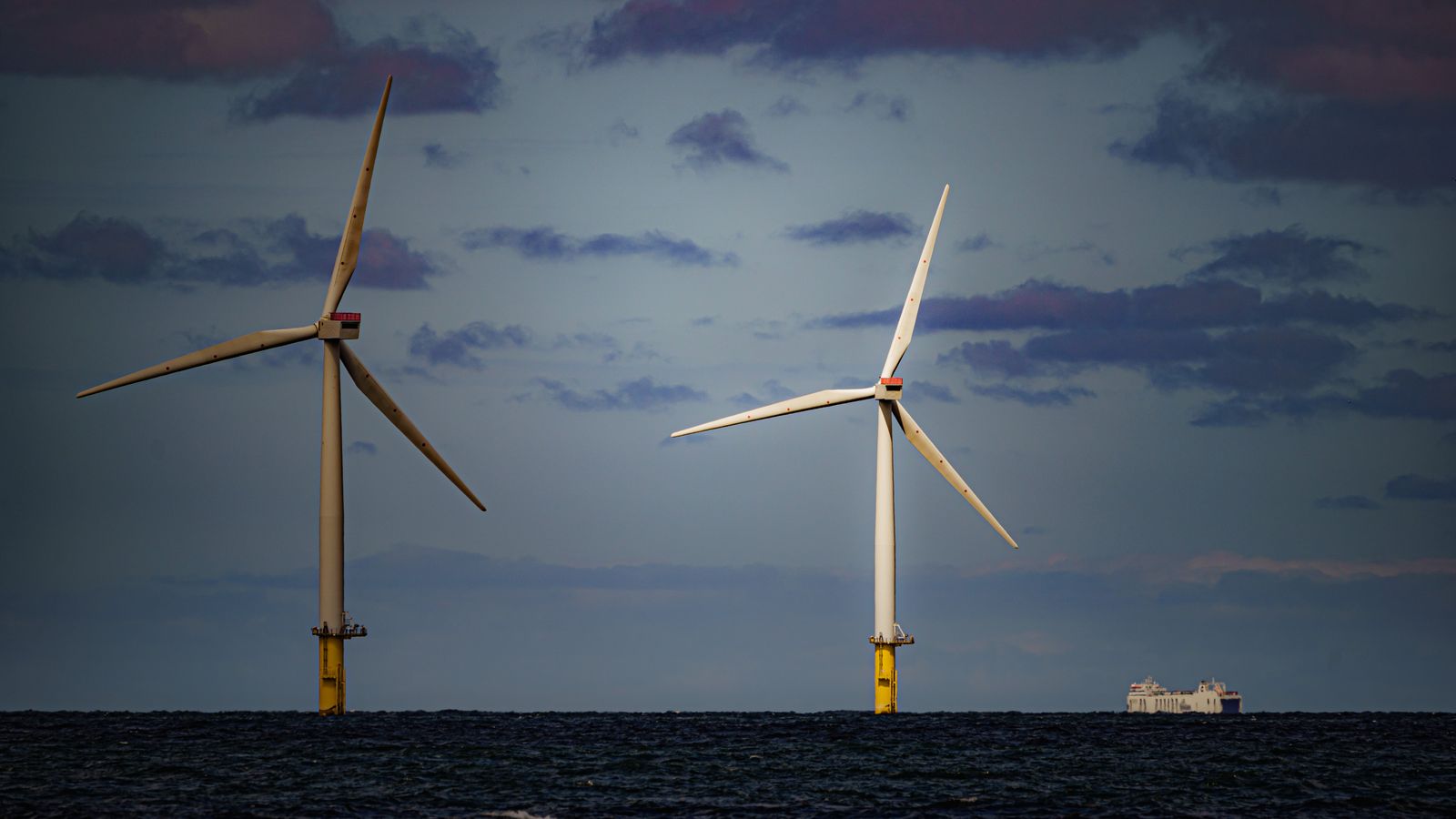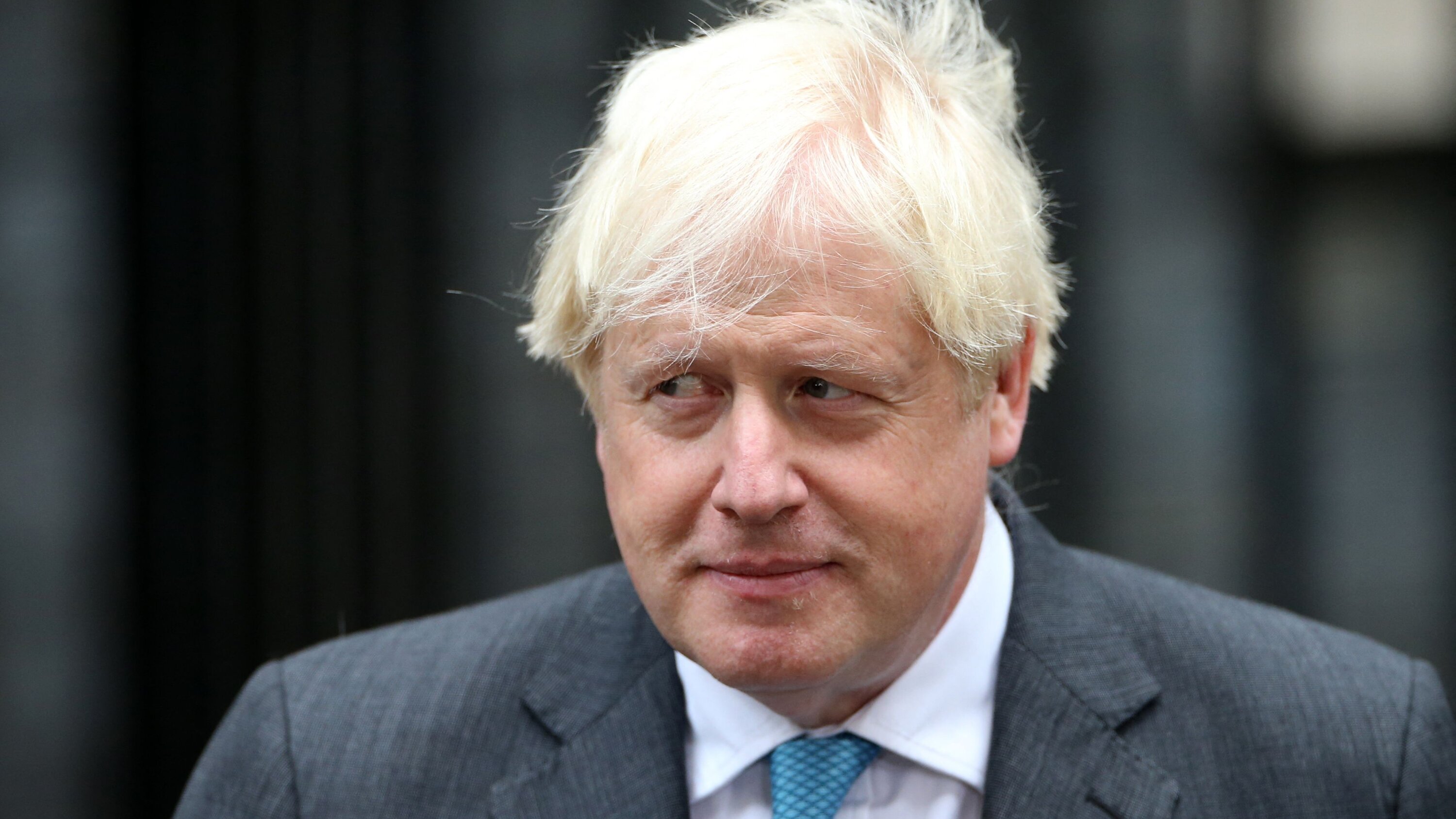Analysis: Australia's Opposition's $9 Billion Budget Pledge

Table of Contents
Key Areas of the $9 Billion Pledge
The Opposition's $9 billion pledge focuses on several key areas aimed at addressing critical needs and stimulating economic growth. Let's examine the proposed allocations in detail.
Healthcare Spending
A significant portion of the pledge is dedicated to bolstering Australia's healthcare system. This includes:
- Increased funding for public hospitals: The Opposition proposes a $3 billion increase in funding to reduce wait times, improve infrastructure, and hire additional medical staff. This aims to alleviate pressure on overburdened hospitals and improve patient care.
- Investment in medical research: A further $1 billion is earmarked for medical research, focusing on advancements in cancer treatment, Alzheimer's disease, and other critical areas. This investment is intended to improve healthcare outcomes and strengthen Australia's position as a leader in medical innovation.
- Enhanced aged care facilities: The plan includes $500 million to improve aged care facilities, focusing on staffing levels, infrastructure upgrades, and better care for the elderly. This aims to address long-standing concerns about the quality of aged care in Australia.
These initiatives are similar to healthcare investments seen in countries like Canada and the UK, which have shown varying degrees of success depending on implementation and existing infrastructure. The cost-effectiveness of these proposed changes will depend largely on efficient resource allocation and rigorous performance monitoring.
Education Investment
Education is another crucial area targeted by the Opposition's pledge. The proposed investments aim to improve education outcomes and address critical skills shortages.
- Increased funding for schools: The plan allocates $2 billion to improve school infrastructure, reduce class sizes, and provide additional support for students with disabilities.
- Investment in TAFE and universities: This includes funding for vocational education and training (TAFE) to address skills gaps and enhance workforce readiness, along with funding for universities to support research and attract top academics.
- Addressing teacher shortages: A significant portion of this investment will target recruitment and retention of teachers, particularly in regional areas.
By addressing teacher shortages and investing in modern facilities, the Opposition hopes to significantly improve Australia's education system's effectiveness, thereby boosting the nation's productivity and competitiveness. This is a significant increase compared to current spending levels and projections, representing a substantial commitment to education reform.
Infrastructure Projects
The Opposition's plan also includes significant investment in infrastructure projects to stimulate economic growth and create jobs. These projects include:
- Upgrading major transport networks: This involves investment in road, rail, and public transport infrastructure across the country, including upgrades to major roads and rail lines and expansion of public transport systems in major cities.
- Regional infrastructure development: This includes investing in regional infrastructure projects to connect regional communities and promote economic growth outside major cities.
- Focus on sustainable infrastructure: The Opposition emphasizes the importance of environmentally sustainable infrastructure projects.
These projects are projected to create thousands of jobs, stimulate economic activity, and improve connectivity across the country. The environmental impact assessment of each project will be crucial in ensuring sustainable and responsible development.
Other Key Policy Areas
Beyond healthcare, education, and infrastructure, the $9 billion pledge also encompasses:
- Social welfare improvements: The Opposition proposes targeted increases in social welfare payments to support vulnerable Australians.
- Climate change initiatives: A portion of the funding is allocated to climate change mitigation and adaptation projects.
The overall impact of these policies on vulnerable populations will be significant, potentially improving living standards and promoting social equity. The long-term societal and environmental impacts will depend on effective policy implementation and monitoring.
Feasibility and Funding Mechanisms
The feasibility of the Opposition's $9 billion pledge hinges on its funding mechanisms and the potential economic consequences.
Funding Sources
The Opposition's plan outlines several funding sources:
- Increased tax on high-income earners: A proposed increase in taxes on high-income earners is a primary funding source.
- Review and potential reduction of inefficient government spending: The Opposition has committed to reviewing government spending to identify areas for potential cuts without compromising essential services.
- Targeted increase in corporate tax: A moderate increase in corporate tax on large multinational companies operating in Australia is proposed to ensure fairness and competitiveness.
The economic implications of each funding mechanism vary, with some potentially impacting economic growth more than others. A thorough analysis of the distributional effects of each mechanism is essential to ensure fairness and equity.
Economic Impact Analysis
The $9 billion pledge could have both positive and negative impacts on the Australian economy:
- Potential benefits: Job creation, improved infrastructure, enhanced healthcare and education outcomes, and potential economic stimulus.
- Potential drawbacks: Increased national debt, inflationary pressures, and potential impact on investor confidence.
Detailed economic modelling and projections are necessary to accurately assess these potential effects and understand the potential long-term consequences for the Australian economy.
Comparison with Government Budget
The Opposition's budget pledge contrasts significantly with the current government's budget allocations in many areas. For example, the government's focus on tax cuts for businesses versus the Opposition's emphasis on increased investment in public services represents a fundamental difference in economic philosophy. A detailed comparison across these policy areas highlights different priorities and potential outcomes, allowing for a clearer understanding of the choices facing voters. This detailed analysis of Australia's Opposition's $9 Billion Budget Pledge will help voters make informed decisions.
Conclusion
Australia's Opposition's $9 billion budget pledge represents a significant undertaking, promising substantial improvements in healthcare, education, and infrastructure. The feasibility of this pledge depends heavily on the effectiveness of its proposed funding mechanisms and the potential economic consequences of its implementation. While it offers the potential for substantial economic benefits, including job creation and improved social outcomes, it also carries risks such as increased national debt and potential inflationary pressures. A thorough understanding of the detailed proposals and a comparison with the government's current budget are crucial for forming an informed opinion. To learn more about the Opposition's policy, analyze the budget pledge's details for yourself, and understand the implications of this significant financial commitment before the election. The future direction of Australia's economy depends on the choices made by the electorate.

Featured Posts
-
 Where To Find The Latest Lotto Lotto Plus 1 And Lotto Plus 2 Results
May 03, 2025
Where To Find The Latest Lotto Lotto Plus 1 And Lotto Plus 2 Results
May 03, 2025 -
 Five Critical Threats Facing Nigel Farages Reform Uk Party
May 03, 2025
Five Critical Threats Facing Nigel Farages Reform Uk Party
May 03, 2025 -
 Chinese Ship Sightings Near Sydney A New Normal For Australia
May 03, 2025
Chinese Ship Sightings Near Sydney A New Normal For Australia
May 03, 2025 -
 1 Mayis Emek Ve Dayanisma Guenue Calisanlarin Muecadelesi Ve Basarilari
May 03, 2025
1 Mayis Emek Ve Dayanisma Guenue Calisanlarin Muecadelesi Ve Basarilari
May 03, 2025 -
 Boris Johnsons Political Comeback A Realistic Possibility
May 03, 2025
Boris Johnsons Political Comeback A Realistic Possibility
May 03, 2025
